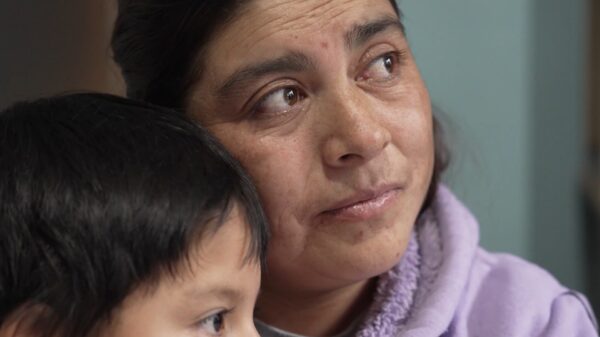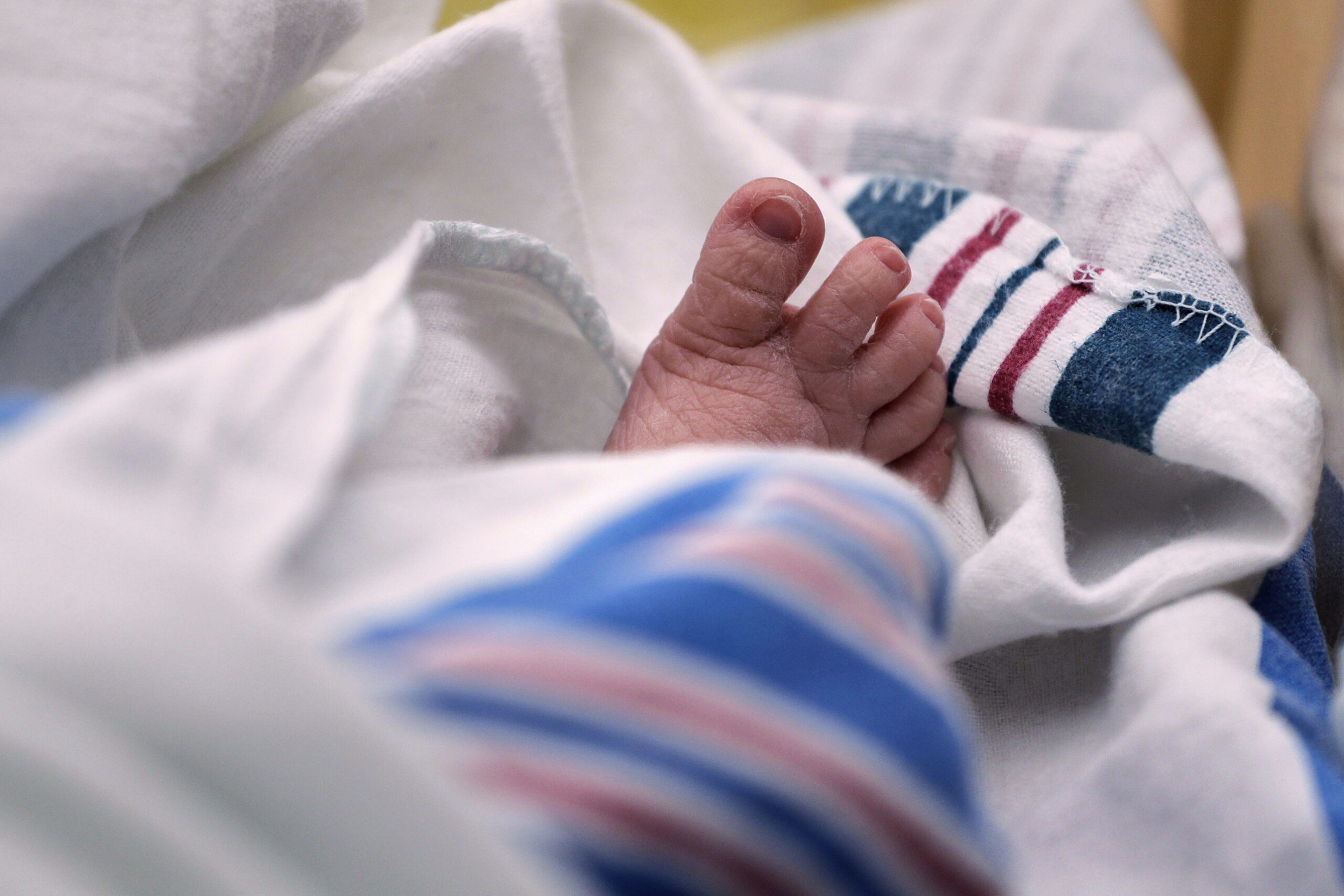The total fertility rate in the United States has fallen to a record low, dropping below 1.6 children per woman in 2024, as revealed by new data from the Centers for Disease Control and Prevention (CDC). This significant demographic milestone highlights a shift in American birth trends, as the country, once known for maintaining a replacement-level birth rate of around 2.1, now aligns more closely with the lower rates seen in Western Europe.
Over the past two decades, the U.S. fertility rate has steadily declined. Factors contributing to this trend include women delaying motherhood or choosing not to have children at all. According to World Bank data, this shift mirrors long-standing European demographic patterns, suggesting a cultural and economic evolution rather than an impending population crisis.
Understanding the Decline
Experts believe the decline in fertility rates reflects broader societal changes. Leslie Root, a researcher specializing in fertility and population policy at the University of Colorado Boulder, stated, “We’re seeing this as part of an ongoing process of fertility delay.” She emphasized that the U.S. population continues to grow, with a natural increase—more births than deaths—still evident.
Despite these reassurances, the declining fertility rate has raised alarms among policymakers. The Trump administration has proposed various pro-natal measures, including an executive order aimed at expanding access to and reducing the cost of in vitro fertilization. Additionally, the administration has considered introducing “baby bonuses” as an incentive for families to have more children.
Critics, however, argue that these initiatives may not address the deeper structural issues affecting young people’s decisions to start families. Karen Guzzo, director of the Carolina Population Center at the University of North Carolina, noted that many young adults face financial uncertainty, lack of support systems, and later marriages, making them hesitant to have children. “Worry is not a good moment to have kids,” Guzzo remarked, emphasizing the need for more comprehensive policies, such as paid parental leave and affordable child care.
Birth Statistics and Population Trends
The CDC’s updated figures for 2024 reveal a decline from a total fertility rate of 1.621 in 2023 to 1.599. These statistics are based on a detailed analysis of birth certificates, replacing earlier provisional estimates. Interestingly, the report also indicates a 1% increase in overall births—approximately 33,000 more babies—compared to the previous year, bringing the total to just over 3.6 million births.
The CDC explained that this increase in total births does not correlate with a higher birth rate. The discrepancy arises from recalculated population estimates that now account for an increase in women of childbearing age due to immigration. Root noted the impact of immigration on these trends, stating, “As the total population of women of childbearing age grew due to immigration, it offset small increases in births to women in those age groups.”
Ultimately, both Root and Guzzo agree that the U.S. faces a complex demographic shift influenced by economic factors, policy decisions, and changing personal choices. As the nation navigates this evolving landscape, understanding the implications of declining fertility rates will remain crucial for future planning and policymaking. This article incorporates reporting from the Associated Press.







































































